Many friends often ask us, “I have a lot of mulberry leaves and guava leaves at home, can I give them to you to make oolong tea for me?” Some also ask, “Drinking tea keeps me awake, but South African rooibos tea, fruit tea, and herbal tea don`t affect my sleep.” When I hear these questions, I find them quite interesting. Today, let`s share with everyone what “tea” is.
“Tea” refers to any flavored water that has the chance to be called “tea”. Examples include fruit tea, herbal tea, and even meat bone tea. Strictly speaking, none of these are tea. True tea refers to beverages made from the tea tree.
The tea tree refers to species under the Camellia genus of the Theaceae family. Common species include Camellia sinensis and Camellia taliensis, which can be used to produce tea leaves. Other common Camellia species such as Camellia oleifera and Camellia japonica are not suitable for making tea.
So, why is “tea” so special, and why does tea produced after the tea-making process have charming aroma and flavor? Catechins, theanine, and caffeine are key chemical substances in tea leaves. Through the degradation and oxidation of these chemical substances, charming aroma and lingering flavor are produced. In summary, if a plant does not contain catechins, theanine, caffeine, and other chemical substances, it cannot be called tea.
| Biological classification | Including chemical substances | Biological classification |
| Definition of Tea | Tea plant (Camellia sinensis), Dali tea (Camellia taliensis) | CatechinsTheanineCaffeine |
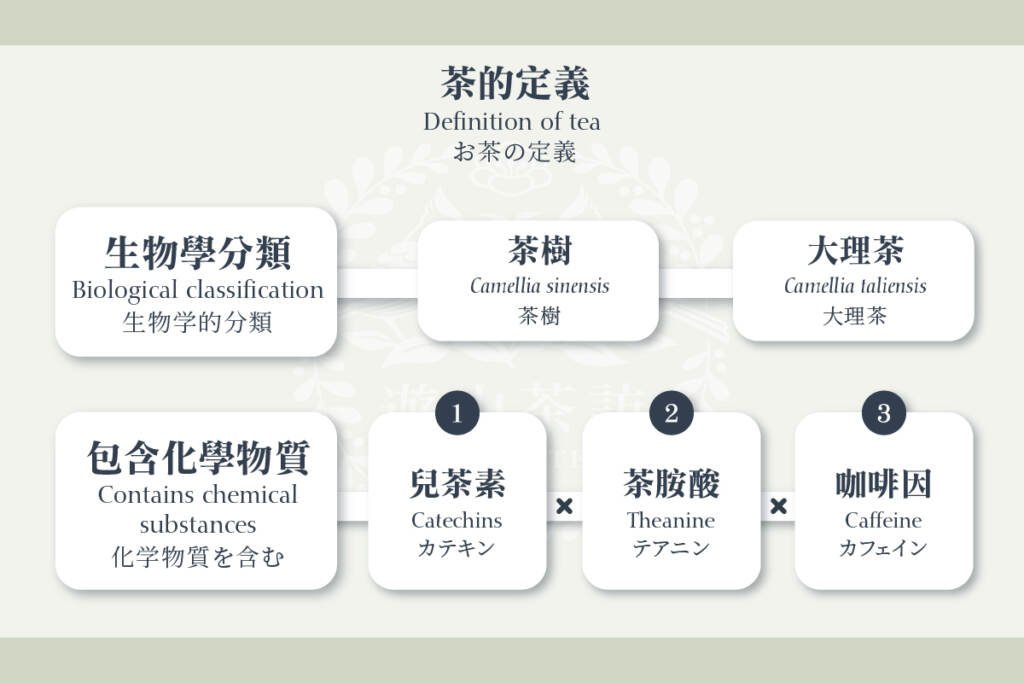
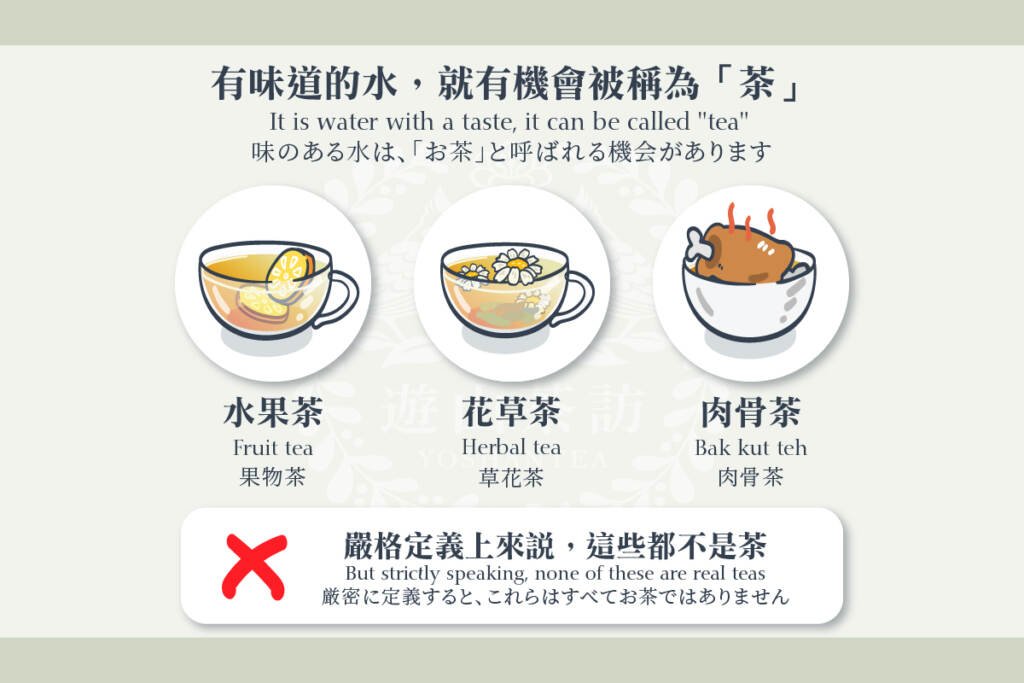
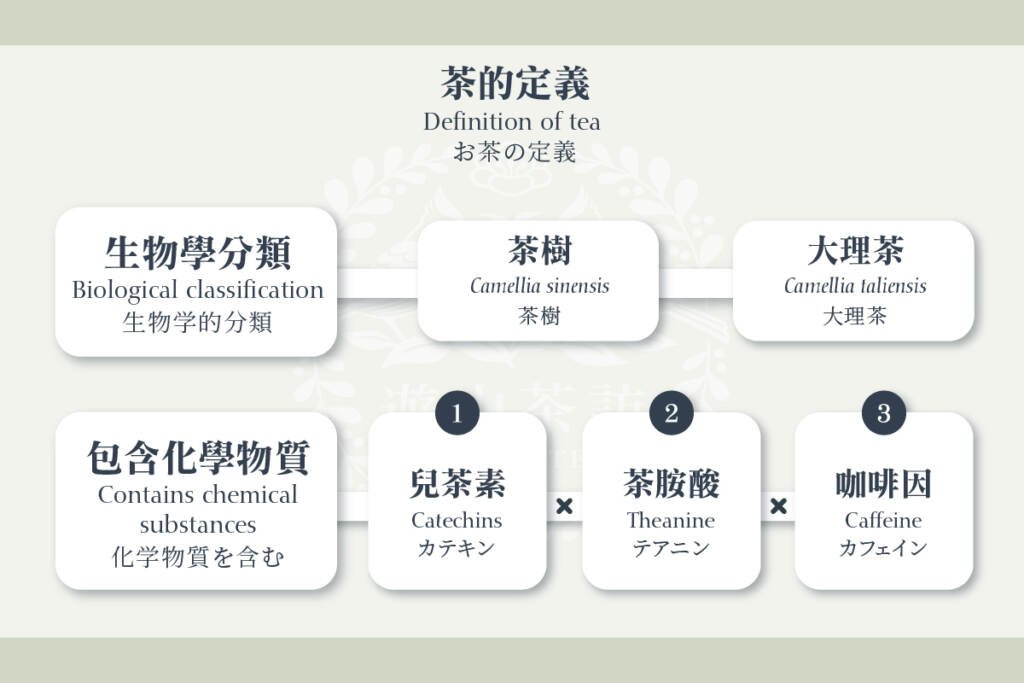
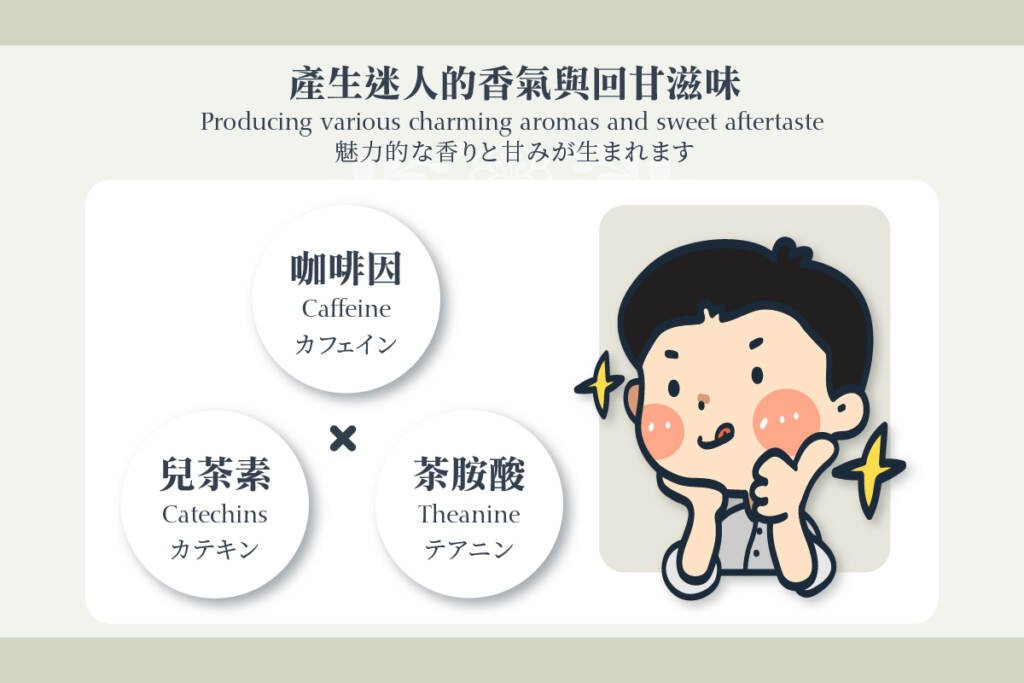

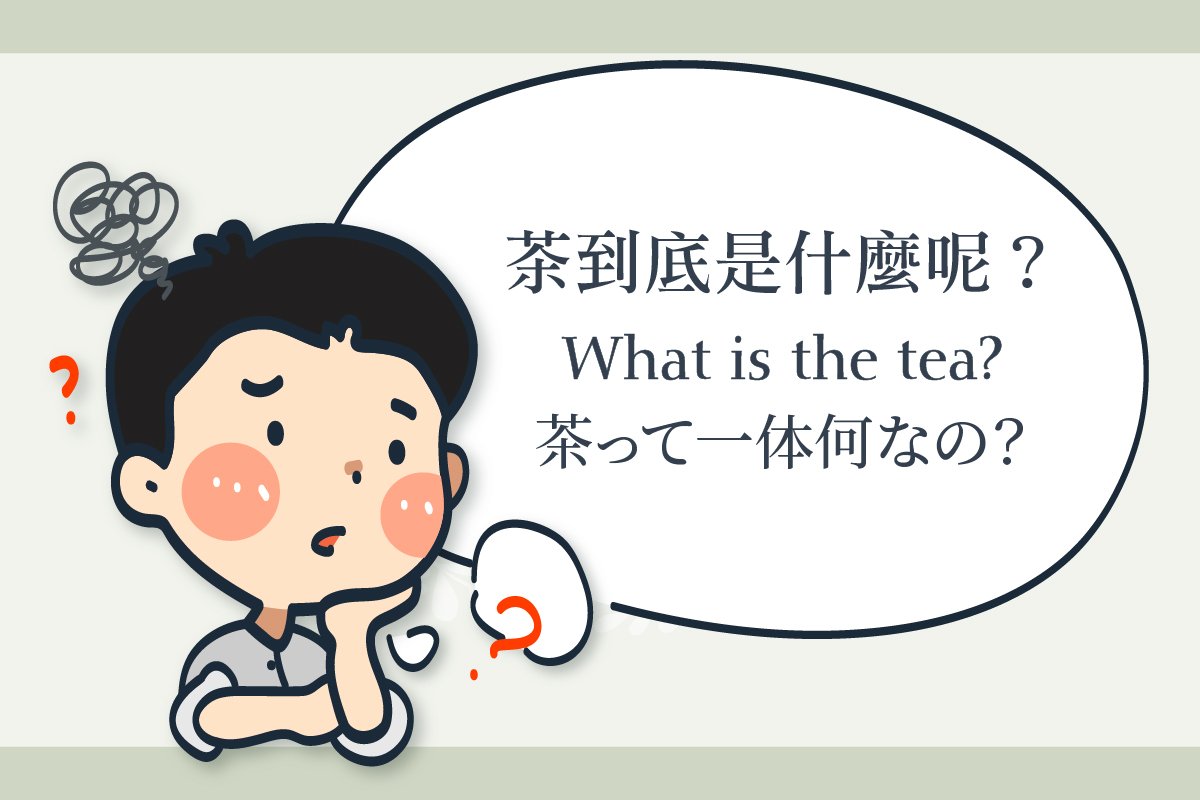
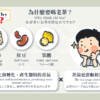

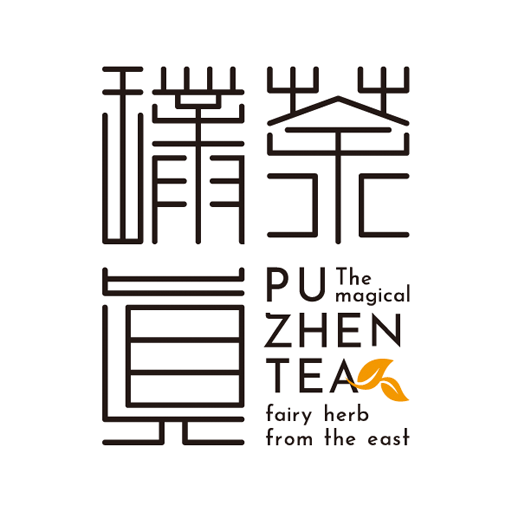
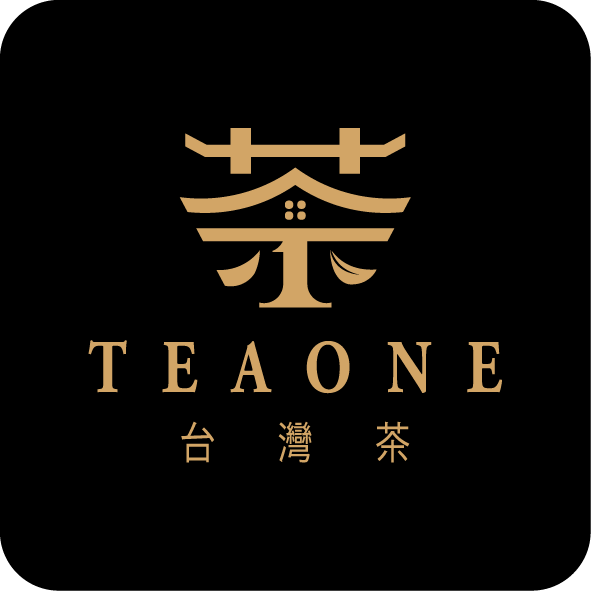
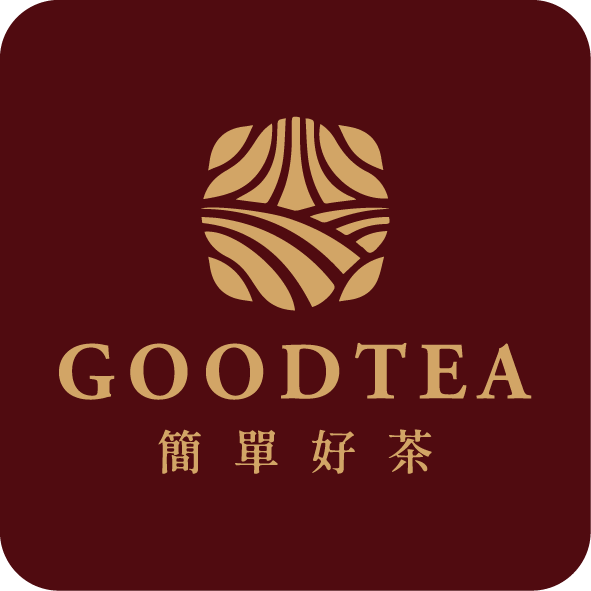
Leave a reply